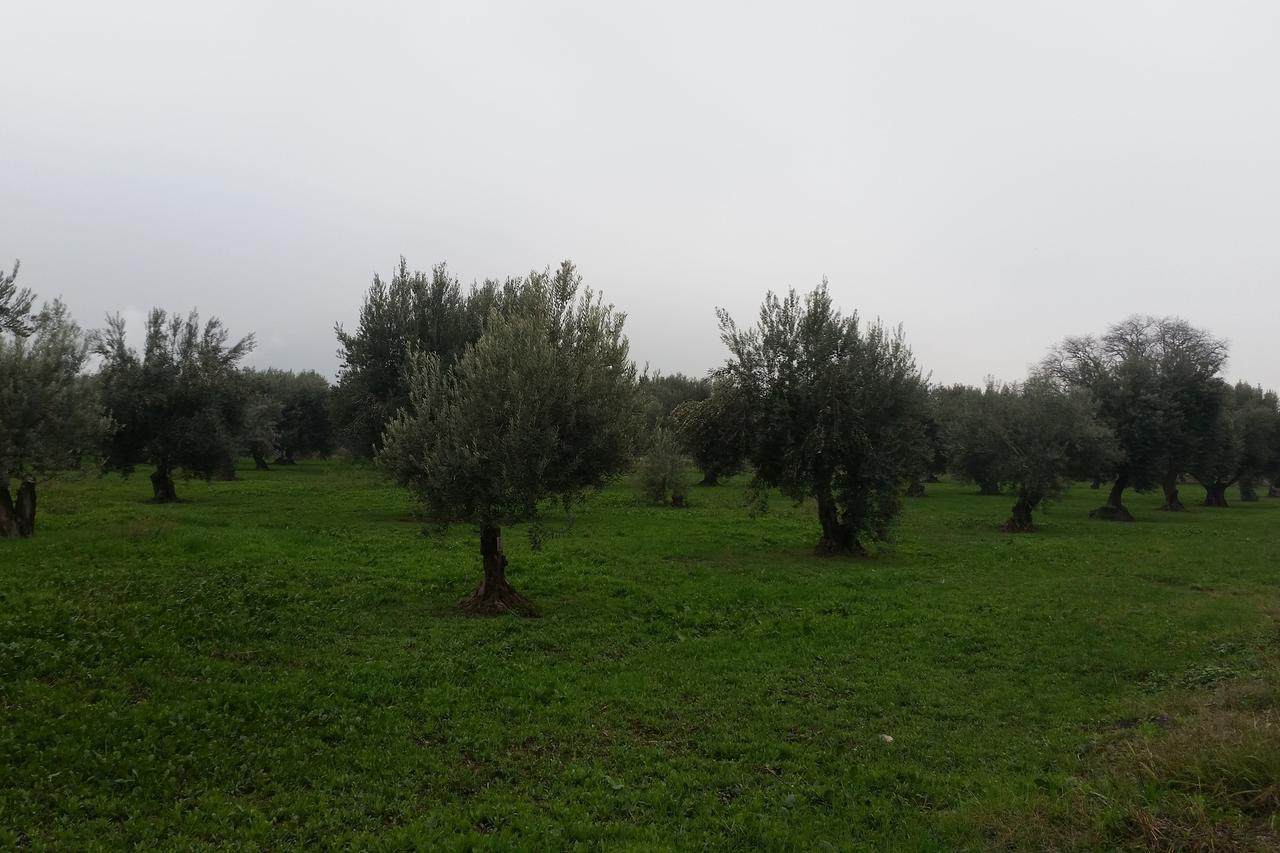
In a pioneering effort to confront the challenges posed by climate change, researchers in Türkiye have completed the country's first comprehensive assessment of all local olive varieties based on their resistance to freezing temperatures.
Led by Professor Hatice Gulen from Istinye University's Faculty of Engineering and Natural Sciences, the study examined 90 registered olive types to determine how well they endure cold conditions—a growing concern for agriculture across the Mediterranean.
Working in collaboration with the Ministry of Agriculture and Forestry’s Bornova Olive Research Institute and the Scientific and Technological Research Council of Türkiye (TUBITAK-MAM), the research team found that frost resistance among varieties varies widely, both genetically and seasonally. "We grouped the olive varieties into five categories, from highest to lowest tolerance," said Gulen. “Sari yaprak, Elmacik, Butko, and Otur showed very high tolerance to freezing temperatures between minus 18 and minus 20 degrees Celsius.”
Olive trees thrive in the mild, wet winters and hot, dry summers typical of the Mediterranean climate, which makes them a staple not only of local diets but also of the economies of Türkiye, Greece, Italy, and Spain. But as climate change brings more frequent and extreme weather events, frost has become a more serious threat to olive production, impacting both yield and quality.
Late winter and early spring frosts, particularly in March and April, pose major risks in regions where olive cultivation continues despite potential temperature drops. Experts now advise growers to avoid such areas altogether unless they use frost-tolerant varieties.

The research focused on identifying not only which olive types withstand cold but also the genetic mechanisms behind their survival. According to Gulen, specific genes—labelled DLP, LBR, A-Ind, Zea, STK, and Kir-L—play a significant role in how olive plants respond to freezing stress. The team also developed a DNA-based molecular marker that can be used in future breeding programs to improve cold resistance.
“We’ve seen that the defense systems triggered by cold vary depending on both the plant’s genetic makeup and the season,” Gulen noted. The study’s detailed classification provides a foundation for developing new varieties tailored to different climates.
As regions grow warmer or colder, olive farmers will need to adapt by selecting varieties that suit emerging temperature patterns. The research team created a database linking olive types to critical temperatures in growing regions, allowing more precise recommendations for what to plant where.
All examined varieties are now conserved in Türkiye’s Olive Gene Bank in Kemalpasa, Izmir. This ensures the protection of genetic resources while supporting future research and breeding work.
By connecting molecular science with real-world agricultural needs, the study offers a model for how traditional crops like olives can be preserved and adapted for the future.